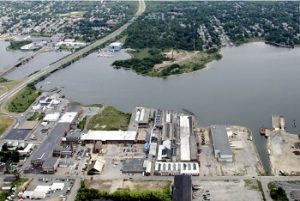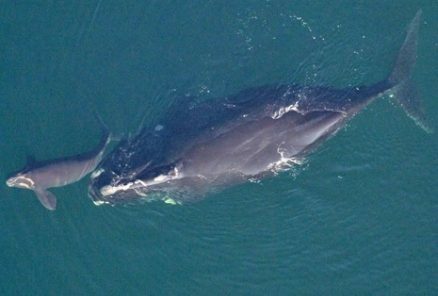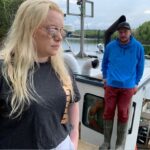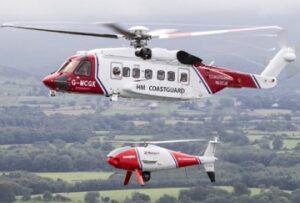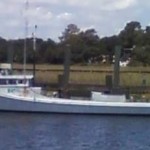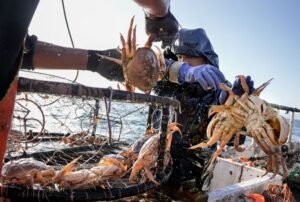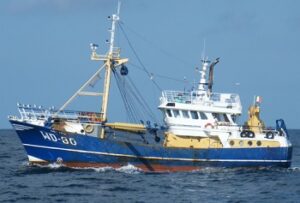Tag Archives: Coho

Prince William Sound coho, chum, sockeye harvests still rising
Even as the 2020 season is winding down, the catch of coho, chum and sockeye salmon is rising in Prince William Sound. Preliminary statewide harvest numbers compiled by the Alaska Department of Fish and Game showed that as of Wednesday, Sept. 2, the commercial catch for Prince William Sound had reached 24.3 million salmon, including some 21.3 pink, 1.9 million chum, 937,000 sockeye, 130,000 coho and 4,000 Chinook. The latest figures showed a boost of 95,000 humpies, 30,000 coho and 1,000 sockeyes since ADF&G’s Sept. 1 preliminary report. The Copper River District meanwhile was open for a 24-hour commercial fishing period on Thursday, Sept. 3. >click to read< 19:12

Alaska’s wild salmon are getting smaller
For years, people in Alaska have been noticing that wild salmon were getting smaller, but the reasons have been unclear. In the new study, published August 19 in Nature Communications, researchers compiled and analyzed data collected over six decades (1957 to 2018) from 12.5 million fish by the Alaska Department of Fish and Game. This unprecedented dataset enabled them to see patterns of body size changes for four species of salmon, Chinook, chum, coho, and sockeye, across all regions of Alaska. The results showed that the decreases in body size are primarily due to salmon returning to their spawning grounds at younger ages than they have in the past. >click to read< 11:24
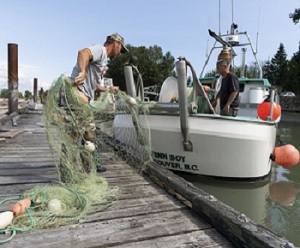
Fraser River sockeye fishery to stay closed because of concerns about the stocks
The department said in a notice Tuesday that Fraser River sockeye forecasts are “highly uncertain” at this time. Fraser River sockeye returns from 2015 and 2016 were forecast at 941,000 in total. Last year, the returns of 485,900 were the lowest since record keeping began in 1893. The other major challenge for this year’s sockeye — along with chinook, coho, and steelhead — is that they have to get through the site of the November 2018 Big Bar landslide on the Fraser River upstream of Lillooet. Despite installing infrastructure to help salmon, that area will “continue to be an impediment,” >click to read< 14:56
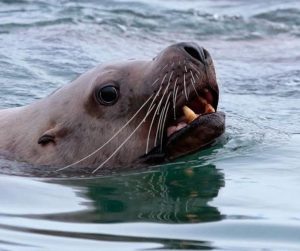
Seal hunt proponents hope new evidence sways skeptical fisheries officials
Three new studies being prepared for publication suggest that recovered populations of seals and sea lions in west coast waters could be having an outsized impact on the survival of the three most troubled Pacific salmon species — chinook, coho and sockeye. “Most of the drop in survival of chinook and coho in the Georgia Strait since the 1980s is likely due to seals eating juvenile fish during their first summer in the ocean,” said Carl Walters, a professor emeritus at UBC’s Institute for the Oceans and Fisheries. Estimates suggest that seals may be consuming about five million juvenile coho each year, or about half of the juveniles that enter the area from streams and rivers. Up to 15 million chinook juveniles meet the same fate, about one third of that population. >click to read< 09:21
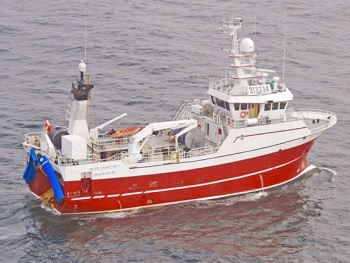
A research expedition returning to Victoria puzzled by a no-show of the fish after an initial big haul
“It is a little difficult for people to accept that scientifically, no catch is sometimes as important as large catches. I think this is the case here,” said Richard Beamish, who is organizing the $1.45-million expedition with fellow B.C. scientist Brian Riddell. “We had relatively large catches of pink, chum and coho early in the survey and there were no salmon in the same area a few weeks later.” It is clear that there are probably large schools of species such as coho that are moving over large areas in response to some factor, Beamish said. The chartered trawler Pacific Legacy No. 1 left Victoria on March 11, headed up to the southern part of the Gulf of Alaska and fished off Dixon Entrance. On Friday, it was 513 miles off Cape Beale, west of Ucluelet. The team expects to return to Victoria on Tuesday. >click to read< 10:32

Durango anglers set to head to Alaska for salmon run
The Copper River season takes off mid-May with the king salmon run.,,, A month later, further southeast, Eric Macias and his crew will board the 58-foot Silver Wave, named after a shoal of shimmering coho. It also shares its name with the fish company that sells salmon in filets and cans in Southwest Colorado that Macias and his partner, MJ Carroll, run. “We come in at the end of the king run,” Macias said. “I’m a seiner, so I have a bigger boat, a bigger crew, and I catch a bigger volume of fish at one time.”>click to read<15:30
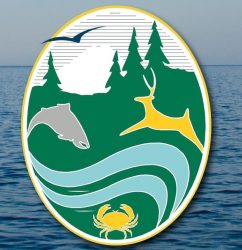
Options presented for Washington’s ocean salmon fisheries based on predictions
Fish managers released their options for Washington’s ocean salmon fisheries that reflect recent concerns over projected chinook stocks and optimism about improved returns of coho. Three options for ocean salmon fisheries were approved Tuesday for public review by the Pacific Fishery Management Council (PFMC). Kyle Adicks, salmon fisheries policy lead for the Washington Department of Fish and Wildlife says that the three alternatives are designed to protect the low numbers of chinook expected to return to the Columbia River and Washington’s ocean waters. >click to read<13:00
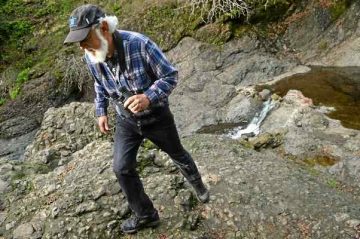
Lagunitas Creek gets odd visitor: pink salmon
A fish species rarely seen south of Washington state has turned up more than 700 miles away in Lagunitas Creek, part of what has been dubbed a strange beginning to the spawning season. In recent years attention on the Lagunitas Creek watershed has been focused on federally endangered coho salmon and threatened steelhead trout, with efforts made to restore habitat to help those fish. The fish come to the Marin watershed from the ocean each year to spawn. But this year the attention has been on two other species, which have made surprising appearances. click here to read the story 11:36

Average year for coho harvest in PWS, but prices are up
Commercial fishing for coho salmon is winding down in Prince William Sound. Gillneters at the mouth of the Copper River are seeing a relatively average year with about 170,000 fish harvested so far. While the harvest is typical, the price this year is not. Coho are fetching about $1.50 per pound at the docks, about double the average price. Alaska Department of Fish and Game Area Management Biologist Jeremy Botz expects fishing to stay open another week. click here to read the story 21:07
Warning signs for salmon
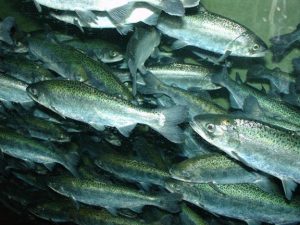 The numbers of young salmon caught off the Oregon and Washington state coasts during an annual federal survey cruise this June were among the lowest recorded in the past 20 years. In fact, numbers were low across nearly all the species researchers regularly catch or observe — from birds like the common murre to forage fish like anchovies and smelt. Months ahead of schedule, as a kind of heads up, West Coast researchers, project managers and program directors decided to send out a memo in mid-August detailing their initial findings — data that would usually be combined with other information and put out on a webpage at the end of the year. The data is preliminary, but researchers say it is clear many young coho and Chinook salmon didn’t survive the migration from freshwater streams and rivers to the ocean this year, while poor ocean conditions could impact salmon returns to the Columbia River for the next few years. click here to read the story 21:44
The numbers of young salmon caught off the Oregon and Washington state coasts during an annual federal survey cruise this June were among the lowest recorded in the past 20 years. In fact, numbers were low across nearly all the species researchers regularly catch or observe — from birds like the common murre to forage fish like anchovies and smelt. Months ahead of schedule, as a kind of heads up, West Coast researchers, project managers and program directors decided to send out a memo in mid-August detailing their initial findings — data that would usually be combined with other information and put out on a webpage at the end of the year. The data is preliminary, but researchers say it is clear many young coho and Chinook salmon didn’t survive the migration from freshwater streams and rivers to the ocean this year, while poor ocean conditions could impact salmon returns to the Columbia River for the next few years. click here to read the story 21:44
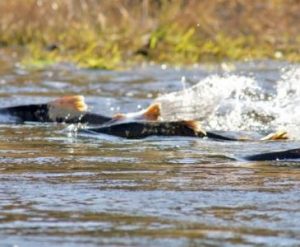
Feds Facing Order to Redirect Klamath River Water for Salmon
Two Native American tribes sued the U.S. Bureau of Reclamation last year, claiming its bungled management of Klamath River waterways allowed a deadly parasite to infect 91 percent of endangered juvenile Coho and Chinook salmon. The Yurok and Hoopa Valley Tribes say they depend on the salmon for subsistence, income and for traditional ceremonies that define their people. Lawyers for the federal government and an industry group of farmers and ranchers argue that diverting water to help salmon will harm businesses that support local jobs and communities and threaten another set of endangered fish, the shortnose sucker and Lost River sucker. In separate complaints against the federal government, the tribes say infection rates caused by the deadly parasite C. shasta, should have required the bureau to review its Klamath Irrigation Project’s impact on threatened salmon two years ago, but the bureau failed to take action in violation of the Endangered Species Act.During a hearing Friday, U.S. District Judge William Orrick III agreed the bureau should have reviewed the project when infection rates climbed to 81 percent in 2014 and 91 percent in 2015, well beyond the maximum 49 percent estimated in a 2013 biological opinion issued by co-defendant National Marine Fisheries Service. Read the story here 16:47

































